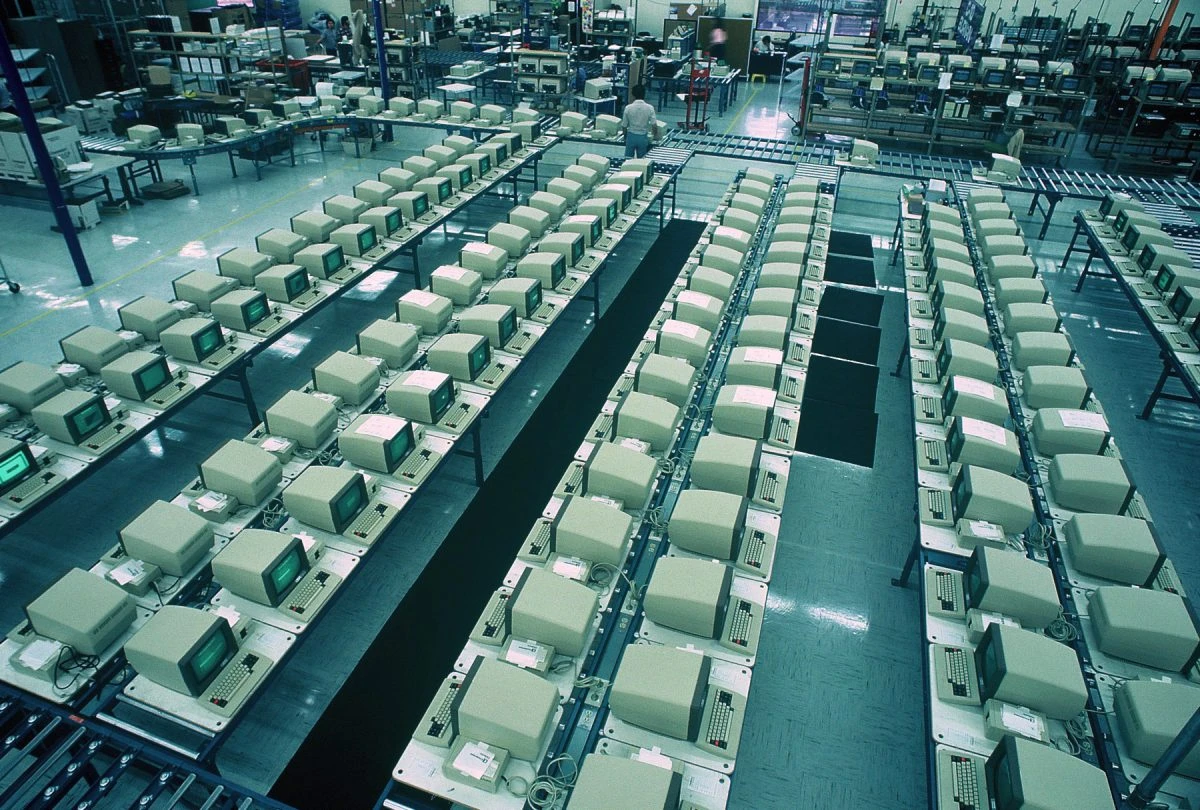Reverse logistics. I can sense you glazing over already. But bear with me. Understanding and acting on it could save your company serious money. It is possible, with goods flowing backwards through your supply chain, to move your business forwards and turn the negative of returns into the positive of growth.
So, join us as we explore what reverse logistics is and its power to enlarge your business if handled correctly. Already up to speed on reverse logistics? Take that knowledge and smash your competition with our powerful Cloud Business Management software. Get started today!
What is Reverse Logistics?
First, defining reverse logistics. Simply put, reverse logistics is: ‘The process of moving goods from their typical destination (usually customers) for capturing value, or proper disposal’.
That’s quite different from retailers’ everyday experience, where goods leaving the store or warehouse is the end of the story. With reverse logistics, they’ll be at the midpoint, a stage where several paths remain to seizing maximum value from the original sale.
Returns
Ecommerce sees three times the amount of returns over bricks and mortar stores. Part of that’s distance – customers no longer visit shops to physically return items. And the other’s anonymity – customers don’t have to explain what’s wrong with an item in person, a sometimes-uncomfortable experience.
This matters. Get reverse logistics wrong, handle returns badly as an ecommerce retailer – that period of maximum strain in customer relationships – and it’ll be that much harder to win them back. Given the average cost of getting a new customer is five times that of keeping one, retaining them should be a top priority.
So, let’s dive in to optimising your returns process with reverse logistics.
Communication
Communication is essential – inside your business for efficiency and outside it for customer satisfaction. One idea for getting it right involves putting customer order numbers as barcodes on return labels. That means, once a return arrives and is booked, processes are triggered such as notifying the customer and sending memos to crack on with sending out a replacement or dispensing a refund.
That needn’t be all. Identifying barcodes also save valuable time understanding from where and why a product’s returned. And once known, appropriate action can be taken, beginning with setting aside the product in a dedicated space – which prevents accidental resale of potentially defective products – and ending with changes to prevent returns in the first place. For example, if you notice goods keep on being damaged in transit, you might want to change your courier.
Reclaim Value


What happens to defective goods hinges on how damaged they are, but there’s almost always value to be reclaimed. If the damage is slight, an item can be repaired and sent back or resold without affecting profit margins too severely. But as damage increases, a limit is reached where it becomes more profitable to either redeploy still-functioning components on the production line or sell the whole for scrap. With reverse logistics, losses remain hard to escape, but needn’t be total.
Reclaiming value from returned goods isn’t an impossible dream. Look at your existing processes and consider how you can integrate the items that are being returned into your business.
Redeploying components is an obvious target – they can be placed into the same ‘pool’ as others to be used for the first time – but returned goods can also be repackaged alongside new ones. It does not make sense to duplicate processes when the ones you have can handle goods irrespective of whether they’ve been sent out before.
Add this together and your business, using reverse logistics, will have happier customers, benefitting from faster returns, refunds and knowledge where their returned good is. That makes it likelier they stick around – all-important given it takes five times the effort to win new customers than to keep them. In addition, your business will be more efficient, handling returns to either get them back to customer fast or salvage what value remains. This is how, by moving backwards, your business can go forwards.
Want to extract even more value? Smart entrepreneurs are choosing Khaos Control Cloud. It’s the business partner that’s there for you – from start-up to success. Start your reverse logistics revolution today!


